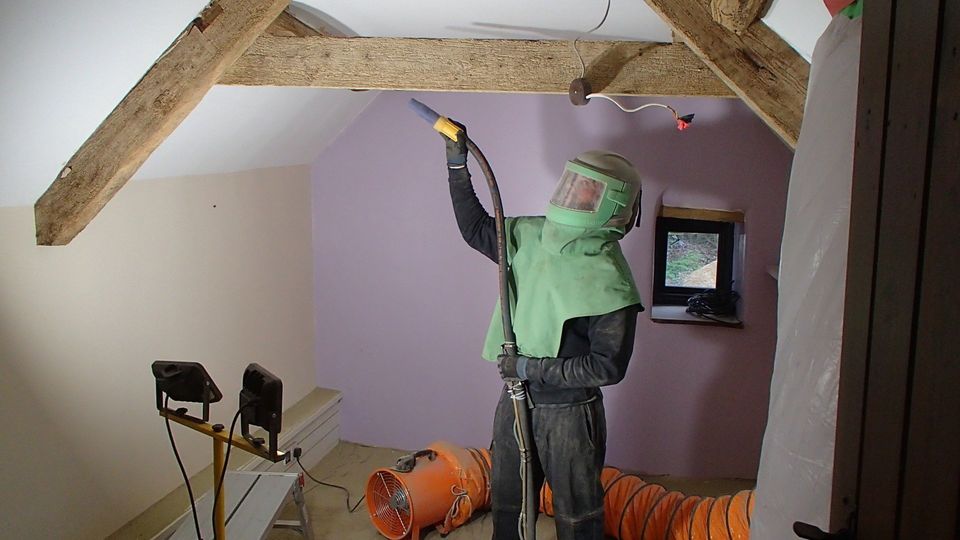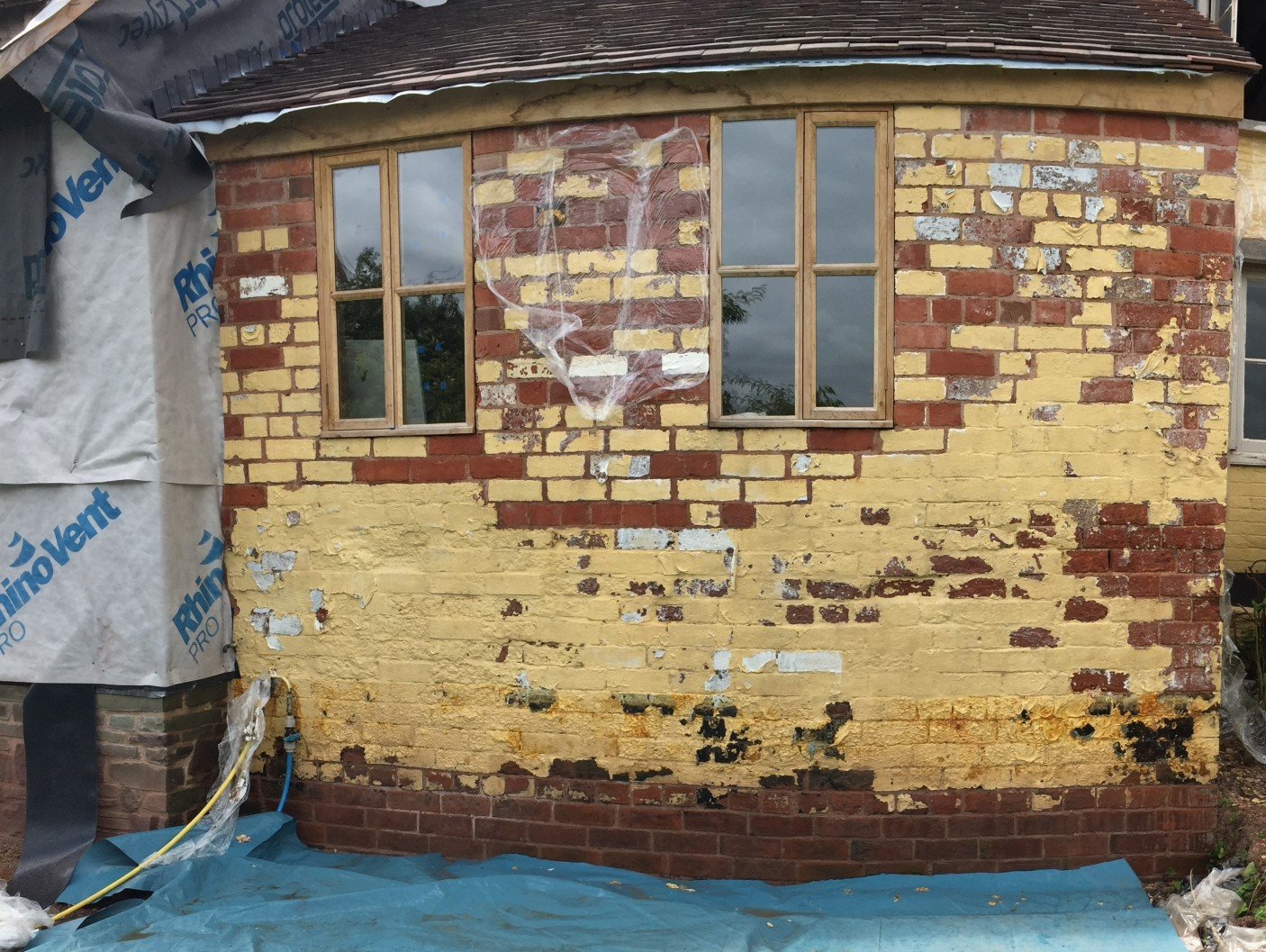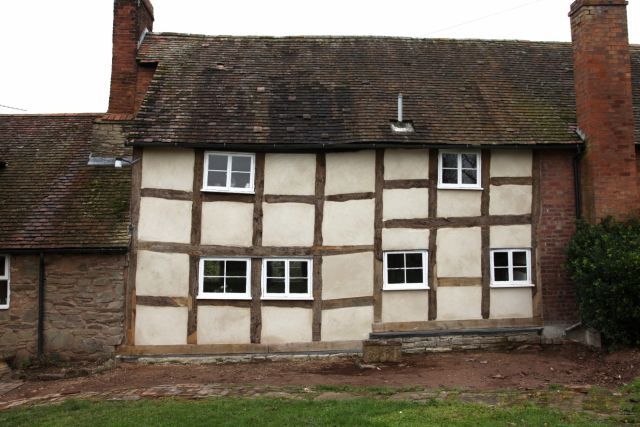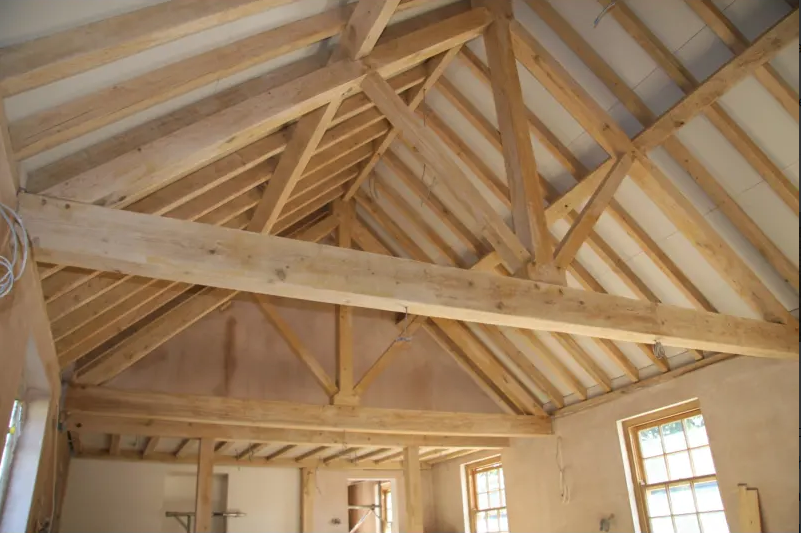Blog Layout
Explaining the different types of blasting
RICHARD HOBBS • August 18, 2019
What is Micro-strip blasting?

What is Micro-strip blasting?
There are different systems of abrasive blasting available. They all use varied types of media, run at different pressures, and are all best suited to specific tasks .
Our micro-strip blasting process boasts both low pressure and low impact, which enables us to deliver our sympathetic, professional results.
The main blasting systems and their key applications:
Sandblasting - Machinery, cars, boats, rust removal, external brickwork
Dry-ice blasting - Manufacturing industry, food production equipment
Shot blasting - Metal works, chassis, trains, rails, steel, rust removal
Soda blasting - heavy duty cleaning, fire damage, boat hulls, masonry
Micro-strip blasting - Timers, beams, stonework, fireplaces, wood flooring

By RICHARD HOBBS
•
October 28, 2019
Once damp is present in a building, finding the source of the problem is the answer to solving it. As obvious as that sounds, damp can take years to start to form and can come from poor ventilation such as within a bathroom. Sometimes it can be an accumulation of more than one thing but what we do know is that damp and mould is bad for our health. In this article I have explained the use of permeable and non permeable materials within different ages of buildings. Damp occurs when moisture diffuses with air through a solid substance or surface. This effect can cause humidity, wetness, condensation and many other such factors involving moisture. Damp is a serious concern within any home, although the treatment required is determined on the home you have. The construction of buildings changed after the first world war and the building materials and structural systems completely changed. Cavity walls replaced solid walls for most domestic properties. Cement mortar superseded lime mortar and concrete became a big part of modern building. All these changes in construction prevent damp or moisture getting into the property or structure. Damp proof membrane, cavity walls and insulation are all types of new materials that all work to keeping moisture out. Original constructions are built to be breathable. Drafts are a part of the structure; they help move the air and damp throughout the structure. Permeable materials allow moisture to disappear freely. This system of the building requires sunshine, wind, heating and internal ventilation from windows and chimneys and draughts to stay dry. When the building is maintained, the system stays in balance. A major problem with damp within listed buildings are when present building materials and technology are being used on older original building methods. (incompatible materials). When a building is painted, a mineral or clay paint should be used, or even a lime wash. When a non breathable or permeable paint is used, the building is now being prevented from moving moisture, evaporating moisture and as a result damp, condensation and mould starts to occur.

By RICHARD HOBBS
•
August 9, 2019
A listed building is a building of English Heritage placed on a ‘statutory list of buildings of special Architectural or historic interest’. There are three types of grades of listed buildings; Grade 1 Grade 2* Grade 2 Within the grading of the building, certain criteria will be placed under the grading. you can find this on the ‘Heritage List’ found at….. The listing can cover a whole building, including interior and exterior, or parts can be included or excluded from the list Understanding Older Buildings Most listed building predating the ‘First World War’ were either built with solid masonry walls or with timber frame infill panels. This type of construction differs from modern buildings, in that ‘permeable’ materials were used which allow moisture such as rain, ground water and internal moisture within the building fabric to evaporate freely away. This is referred too as ‘Breathable Construction’ but more accurately its the movement of moisture rather than the air. It relies on sunshine, wind, heating and adequate internal ventilation through windows, chimneys and draughts in order to stay dry. in good conditions and with regular maintenance the system stay in balance. After the First World War, building methods gradually changed. Cavity walls replaced solid walls for most domestic properties, cement motor superseded lime motors, with concrete increasingly becoming a part of most buildings. These new forms of construction all relied on keeping moisture out through damp proof membranes and cavities. Using the right materials If you use incompatible materials or methods on older buildings, it can affect their ability to balance moisture content. Materials such as cement pointing, render and different paints reduce the ability of the moisture to evaporate which can then lead to the problems such as a condensation, told and damp. What does it mean if my house is listed? Three categories of listed buildings, based on there significance. Grade 1 - Exceptional interest Only 2.5% of listed buildings are Grade 1 Grade 2* - Particularly important buildings These buildings are of more than specialist interest. Only 5.9 % of listed buildings are Grade 2* Grade 2 - Buildings of special interest The vast majority of buildings are Grade 2. 92% of buildings are Grade 2 listed Listed buildings content To start to find out what is special about your home, you can do this by checking it on the ‘Heritage List’ Through this you'll be able to see the criteria used to list your building. https://historicengland.org.uk/listing/the-list/

By RICHARD HOBBS
•
July 30, 2019
Green oak The name describes this unseasoned timber, which contains between 30% -80% moisture, it has nothing to do with the colour. As it dries, it can split, shrink and even move, but boasts durability, eco credentials and versatility compared to non-oak alternatives. It has a high work-ability due to this moisture and is easy to machine. Air-dried oak This semi-seasoned oak is usually cut to size and left to dry naturally. This drying process reduces the timbers movement, splitting and shrinkage but cut into large timbers this drying becomes difficult. The moisture content is around 20%-30%. Seasoned oak These timbers have undergone a slow, natural drying process that reduces the moisture content to approx 20% or below. They provide improved stability as all the movement has already taken place, but these timbers are not a visually gratifying as they usually display many splits and knots, Beams already insitu add character, heritage and personality to any property.

June 18, 2019
This will provide answers to frequently asked questions, show you what we are up to as we share the lighter side of our hard work. Transforming your home... Above is a beautiful example of a fully restored attic. We gently stripped these painted black beams back to their former beauty, whilst retaining their original features. Passionate about what we do! From the first sheet of carpet protector to the final clean and handover, we take great care to protect your home, sympathetically restore your beams and leave your home gleaming. Our clients are always impressed with the finished result, and the high level of service and professionalism we install into every job. We aim to exceed expectations, and through our approachable and experienced demeanour, we are happy to give free advice and solutions where required. #newblog #blogger #beams #oak #restoration #beamcleaning
© 2025. The content on this website is owned by us and our licensors. Do not copy any content (including images) without our consent.

